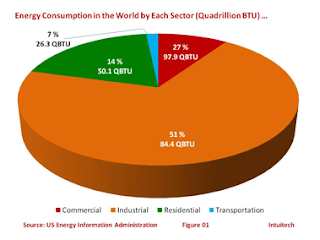HMIS
The HMIS system is a homeless tracking systems set up by the US Department of Housing and Urban Development. It is a data gathering system that records demographics, assessments and a variety of the barriers and issues faced by homeless people. It is an attempt to gather data from various communities to provide a significant source of data for researchers.
Not all of these one stops are getting a positive response however. Dr. Mark Ragins, a founding member of The Village Integrated Service Agency in La County is rather critical of the one stop approach.[1]
“When the Village Integrated Services Agency was established by the California Legislature one of the primary flaws of the mental health system they were attempting to address was fragmentation of services, both within the mental health system and between social service systems. We implemented a system of “one stop shopping” where every service from benefits assistance to psychiatric hospitalization would be available. Putting together in one place a psychiatrist, nurse, social worker, substance abuse counselor, job developer, activities coordinator, outreach worker, money manager, etc., while being a huge improvement over going to multiple separate agencies does not insure integrated services. It usually creates a “multidisciplinary team” of people doing separate assessments, pursuing separate goals, using separate languages and techniques, and reporting to separate supervisors, battling over which “part of the elephant” is most important. What’s truly needed for integrated services are shared assessments, goals, languages, techniques, and supervisors that encompass the whole person.”
What Dr. Ragins wants, but is not articulating is a unifying case management system that can enable “shared assessments, goals, languages, techniques, and supervisors” without the necessity of all these services being under one roof. The ability to share information to ensure that the right information gets to the right person at the right time so they can make the right decision no longer has a geographic restriction.
The concept of the one stop for social services is a good one; but in the case of the ORCA project, the facilities are costing between $2 million and $6 million a piece to build and for many communities this is not an option. However, through using the best of electronic case management software, millions do not need to be spent and organizations which wish to work cooperatively do not need to do so under one roof, but can do it through the “Net”. What will make this a powerful and useful movement for the clients will be the adoption of the C3 health model which will drive the cooperation of these now disparate agencies.
[1]http://www.village-isa.org/Ragin’s%20Papers/C.I.%20&%20Integ.%20Serv.htm

Comments